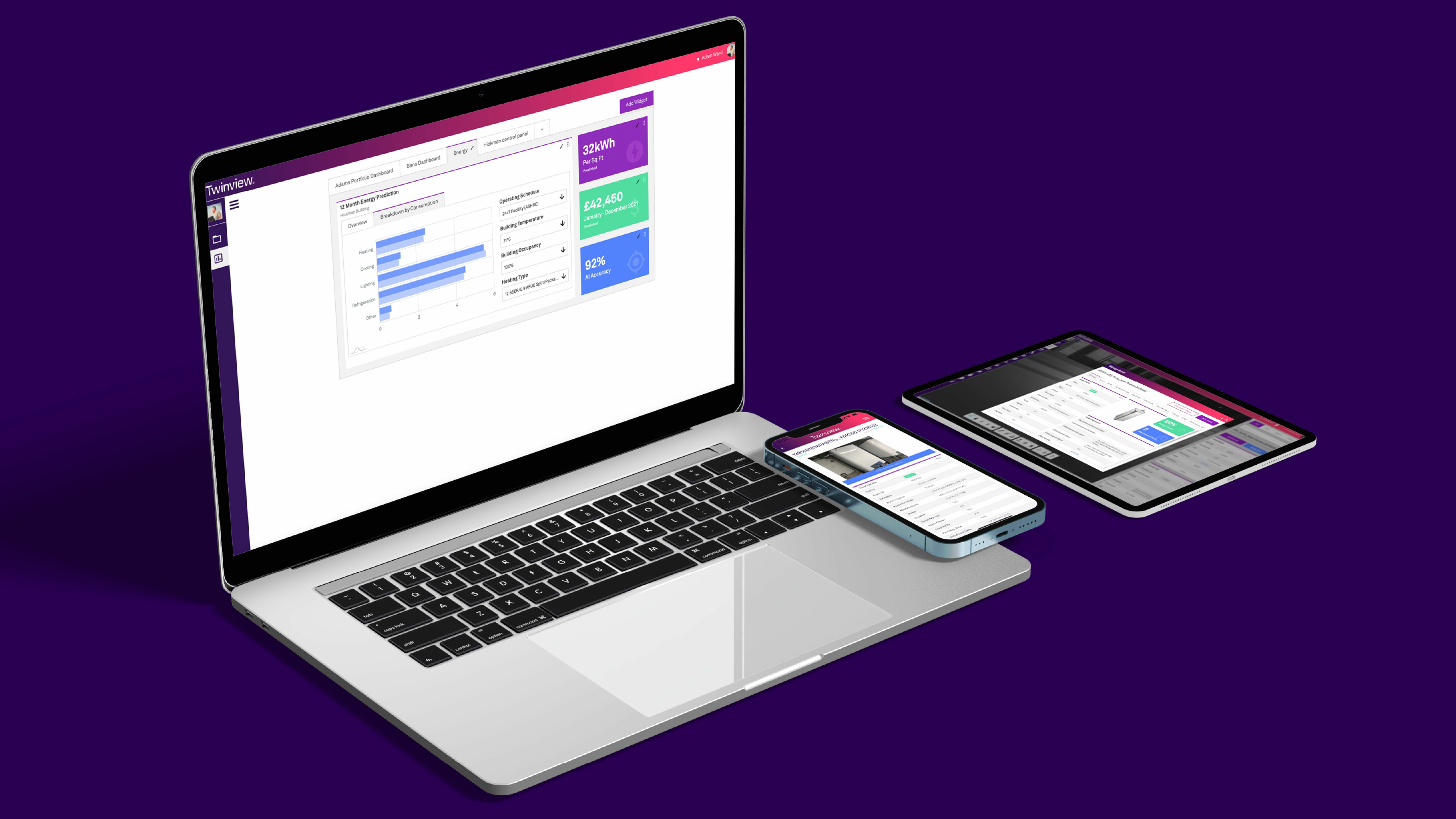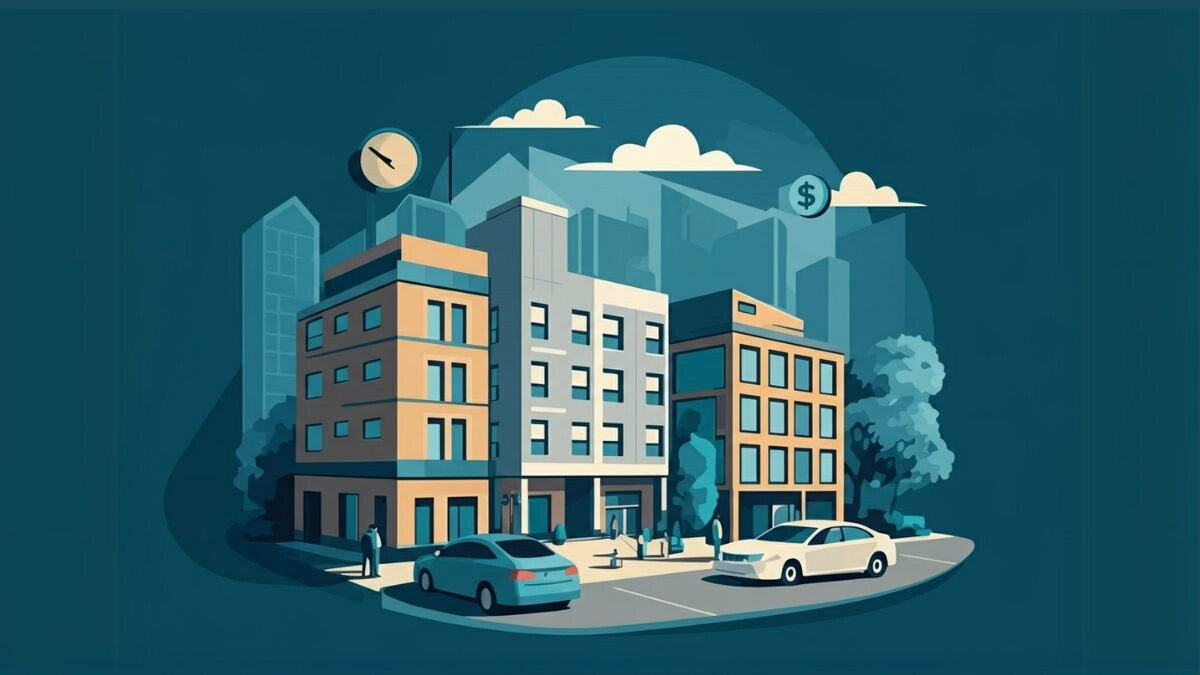22 Sep 2021 | Industry Insights
A convenient way to manage your carbon footprint

The property sector is facing its biggest ever period of change with governments from all over the world setting net-zero targets in an effort to decarbonise our cities. Alongside this, the workspace is evolving as people require safe and flexible spaces which do not impact on the environment.
Energy costs are rising meaning buildings are becoming increasingly expensive to run and as the largest user of carbon, they have a significant impact on our planet. The Twinview digital twin was developed specifically for the property sector and provides a solution to the climate crisis.
With accurate, up-to-date monitoring of a building’s systems including lighting, heating and cooling, Twinview utilises technology such as artificial intelligence and machine learning to predict energy consumption, enabling a building to achieve optimal performance whilst also reducing costs.
Twinview is hosted on a cloud-based platform ensuring that a building’s data can be easily accessible from anywhere on any device with access to thousands of assets at the click of a button. The Twinview platform is optimised for desktop, tablet and mobile which makes it perfect for the digital transformation of facilities management.
By making your building’s asset information easily accessible, Twinview improves the efficiency of managing a building which, in turn, inevitably improves the occupier experience too.
Access easy-to-use customisable dashboards that display the information most important to you as well as monitoring individual building or entire portfolio performance. By understanding the details of how space within a building is used, decision makers can reduce vacancy and ultimately achieve major reductions in real estate expenses and carbon emissions.
Twinview is a browser-based digital twin platform for the property sector connecting building systems’ data to a 3D model viewed on a single dashboard. Twinview becomes your first step to achieving Net Zero by providing continuous live data and an optimised building performance whilst reducing costs and improving the user experience. Book a demo today.
Related insights

Industry Insights
The Intelligent Hotel: Navigating Costs with Digital Twins
The hotel industry, a sector once synonymous with bustling lobbies and seamless service, has weathered numerous challenges over the past decade. From pandemic-induced shutdowns to the relentless squeeze of rising costs and staffing headaches, hotel survival has become a masterclass in adaptation. Room demand reached an all-time high in 2024, according to STR research. As travellers return in mass, expectations have shifted, demanding a level of personalised experience that feels both effortless and intuitive. How do hotels meet the challenge? Enter the digital twin—a virtual representation reflecting the hotel's every heartbeat.
Read more

Case Studies
Preserving the Past, Powering the Future: Twinview's Role at Archives New Zealand
The newly constructed Archives New Zealand facility in the heart of Wellington represents a strategic investment in the long-term stewardship of the nation's invaluable historical records. Designed to provide a secure and stable environment for the preservation of national archival collections, safeguarding heritage isn’t just about secure storage; it requires a smart, resilient, and efficient environment supported by cutting-edge facilities management. To meet this challenge, Archives New Zealand partnered with Twinview and WT New Zealand to embed intelligence into the building's fabric. The result? A future-ready, high-performance facility where smart data meets operational excellence.
Read more

Industry Insights
Understanding Renters' Rights: How Digital Twins Improve Compliance and Property Management
The recent introduction of the Renters' Rights Bill in the UK aims to improve the relationship between tenants and landlords. As part of a broader effort to ensure fairer and more transparent living conditions, this bill ensures that rental properties meet specific standards, including affordability, maintenance, and habitability. Landlords and property managers now face new challenges in complying with evolving regulations. We explore how Digital Twins could support with these new compliance requirements.
Read more


